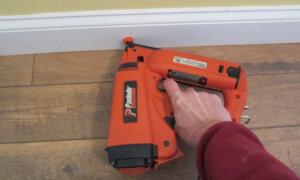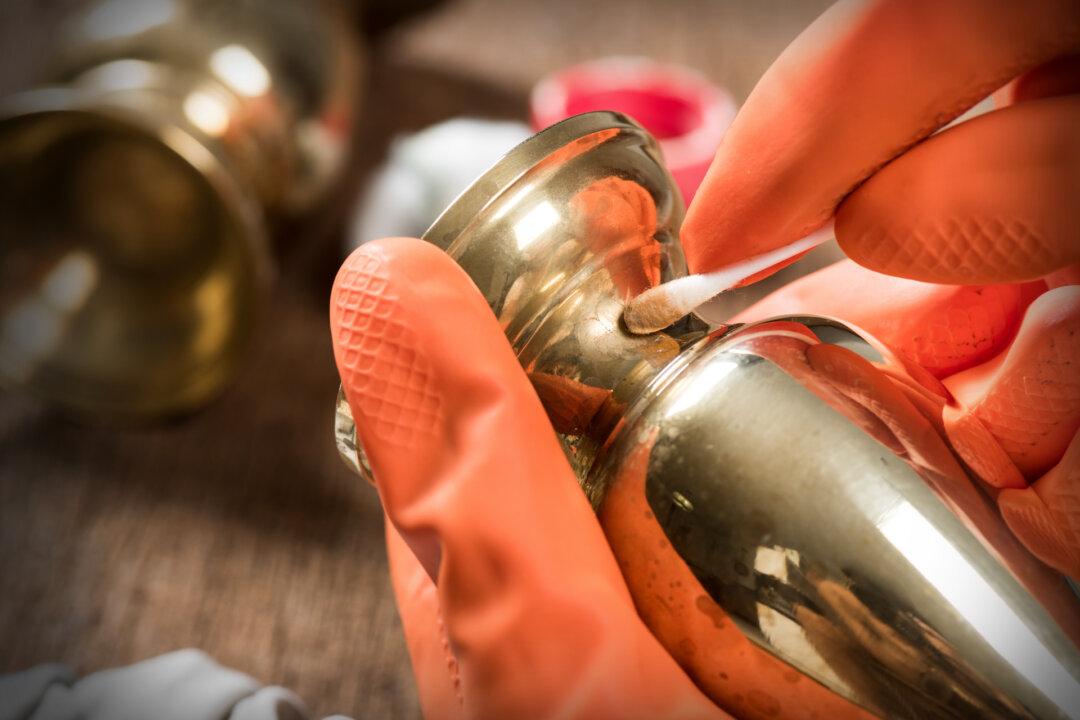Dear James: I have quite a few repair projects to do around my house. I went to buy nails, but I was overwhelmed by the variety. Which ones are best for which projects?—Debbie T.
Dear Debbie: It can be overwhelming to walk down the fastener aisle and see all the types, sizes, and materials of nails available. Using the proper fastener can have a significant impact on the strength of the wood joint and the appearance of the finished project.
As you noticed, there are hundreds of different types and sizes of nails. However, there are just four basic categories of nails that you will use for 95 percent of all of your home improvement projects: common, casing, finishing, and brads.
Common nails are most widely used—hence, the name “common.” These are the standard type of flathead nails that carpenters typically use when building the framing structure of your house. You will generally use these where the appearance of the nail head is not objectionable. The nail head is usually driven down to the wood surface, but not below it.
The “penny” size of a common nail refers to its diameter and its length. A particular penny size (called 2d, 3d, 7d, etc.) nail will have a certain shaft diameter and length. The number just identifies the nails now, but originally it referred to the weight of a given number of the nails.
When selecting a common nail, a rule of thumb is that the length of the nail should be about three times the thickness of the thinner piece of wood that you are driving it through. This allows the majority (two-thirds) of the nail surface to grip into the thicker base piece of wood.
Casing nails have a much smaller head, and the shaft of the nail is often slightly thicker than a common nail for a particular length. These nails are most often used for interior trim and cabinetry. The small head is usually countersunk and filled with wood filler or putty so it is hidden.
Finishing nails are somewhat similar to casing nails and can be used in their place, but they have slightly rounded heads. They are designed to be driven flush with the wood surface without countersinking.
Brads are shorter and thinner nails with the same basic design as finishing nails. They do not provide a lot of holding strength, and they are often used just to hold pieces in place during assembly. Brad sizes are identified by their length instead of penny size designations.
While you are buying nails, you should probably get a nail set. This is used to drive the nail head below the wood surface when countersinking it. Fill over the nail head with wood filler or putty. Let it dry well first before sanding it smooth, because it shrinks as it dries.
A neat method to hide a nail in wood that will not be painted is to peel up (with the grain) a sliver of wood with a narrow wood chisel. Drive a finishing or casing nail in the groove, and then glue the sliver back on top of it again.
There are also some specialty nails and fasteners that you drive in with a hammer. When you are installing drywall with nails, always use drywall nails instead of common nails. These drywall nails are designed with rings around the nail shaft to minimize the problem of unsightly nail head pops over time.
Corrugated fasteners work well when joining corners. This joint is easy to make with them because the two corner pieces just butt up to one another. A stronger alternative is dowels, but using those requires much more work.








